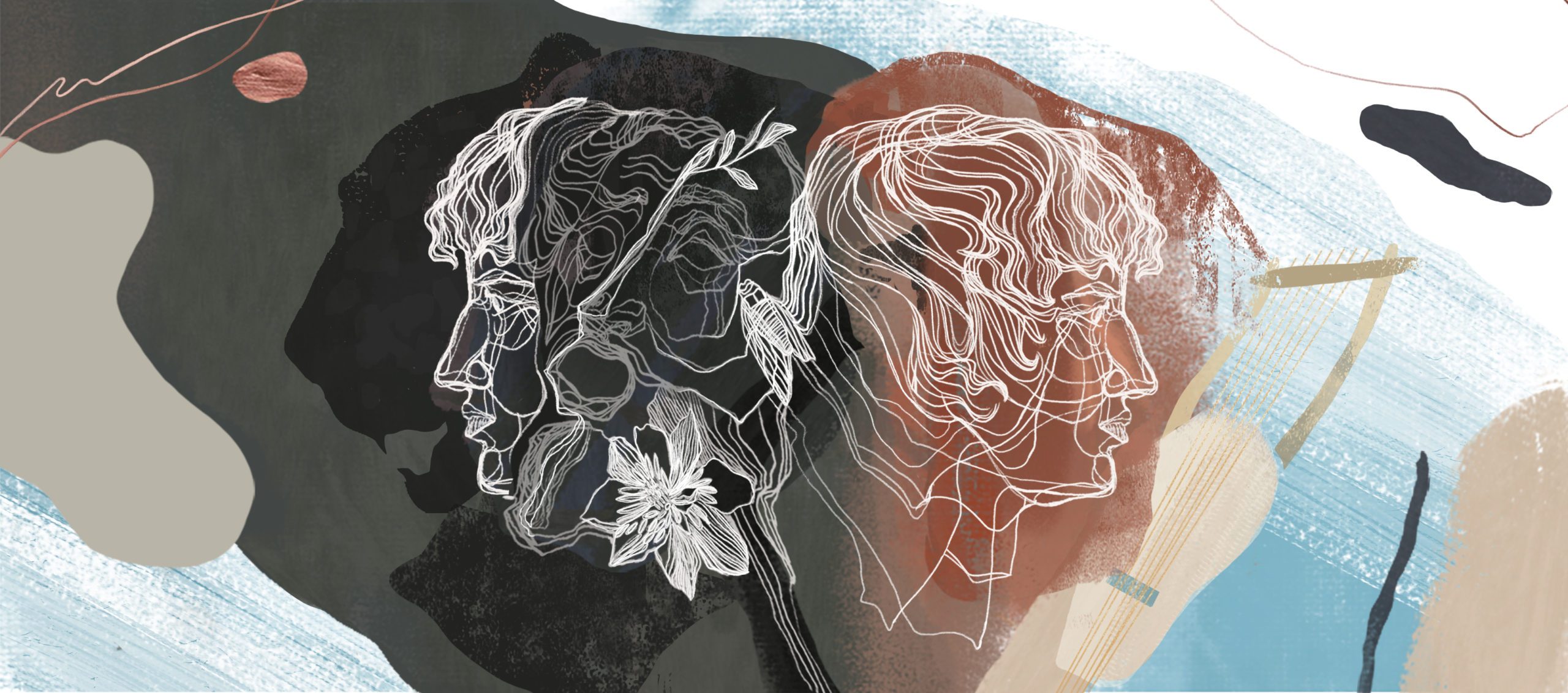Nishitani on Nothingness // Sofya What Keiji Nishitani intends to think in his famous essay Shūkyō to wa Nanika (What is Religion?), originally published in 1961 and translated into English in 1982 as Religion and Nothingness, is beautiful in a way. Firstly, he proposes that all life and non-life form oneself’s being. Nishitani quotes Miso Kokushi:…
Omar Khayam on Life and Love at the Antipodes of Hinduism and Buddhism // Carlos
This is a post on life and love as portrayed in the poetry of Omar Khayam; and, additionally, on a major difference between the spiritual worlds of Iran and India. Allow me to start by saying that, unlike many Westerners since Anquetil-Duperron had the Upanishads translated in the 18th century, I have never had the…
Little Stories from Malawi // S&C
We had a chance to visit Malawi in July 2019. We travelled there to learn about the environmental-justice initiatives put forward in various villages by the Lilongwe-based NGO Youth for Sustainable Development (YSD) over the past eight years—practices that have effectively enabled such villages to recover their pre-colonial agricultural practices and thereby strengthened their economic…
On Pasolini’s Medea // Carlos
There are – among others, to be sure – three fascinating things in Pasolini’s Medea, which I recommend you to watch here before reading this post. First, a necessary distinction between meaning and sense. Inevitably, one wanders about the specific meaning of certain issues: which are the phases of the human sacrifice offered in Colchis,…
Tragedy, Care, and the Good: A Post-Conventional Re-assessment of Plato // S&C
In Book VI of one of his most famous yet often misinterpreted dialogues, The Republic, Plato invites us to think on the conditions of possibility of living together. The expression “living together” is ours. Plato’s own is politike dynamis, which co-implies and thereby refers to three correlative things: the capacity of being together, the knowledge…
Technology & the Future // Carlos
Is modern technology inevitable? Does it represent an objective improvement of earlier forms of technology? Do different types of technology all fall under the same category? There are distinct types of technology, not only particular technologies falling under one and the same concept. Take an indigenous bow and a missile, for example. Putting them under…
Cosmic Labour Force // Carlos
Among other things, capitalism is a mode of economic production based on dissymmetrical relations of production that allow the exploitation of the majority by a minority through the extraction of work force from our minds and bodies. But who is susceptible of becoming work force under capitalism? Almost everything – not just you and me….
Capitalism’s Five Pillars // Sofya
Its immense complexity notwithstanding, it can be said that capitalism stands on five major pillars on which I would like to briefly write here. These pillars are: private property, human exceptionalism, rationality, progress, and hard work(❖). Private property In order for it to exist, capitalism must, in the first place, appropriate land. Colonists in North-America…
Plato, Author of a Tukano Myth // Carlos
Is writing so very useful? A Tukano myth tells that Yepa [Huake, the demiurge] said to Yupuri Bauro, the chief of the Tukano: “In this world, you will have several riches: ritual ceremonies, feathers, arrows, blowguns, benches… Your riches will remain in your homes, the homes of the Tukano – it is there that your…
Persian Love // C&S
Ancient Persian temples had no icons and no statues inside or outside their walls. They hosted fire altars. Altars with fire. Altars of fire. Fire symbolises the sacred (xodā). We are all fire. We are all incandescent. We are all a degree of intensity within a cosmic blazing dance. A burning flame. Unlike in the…
